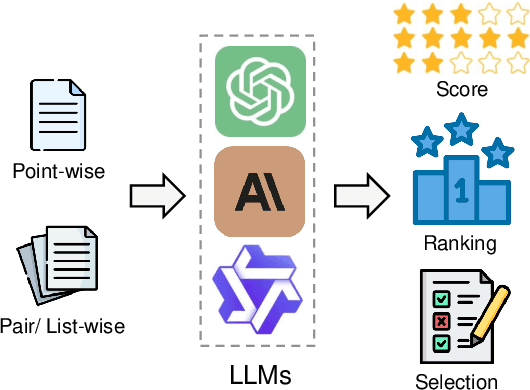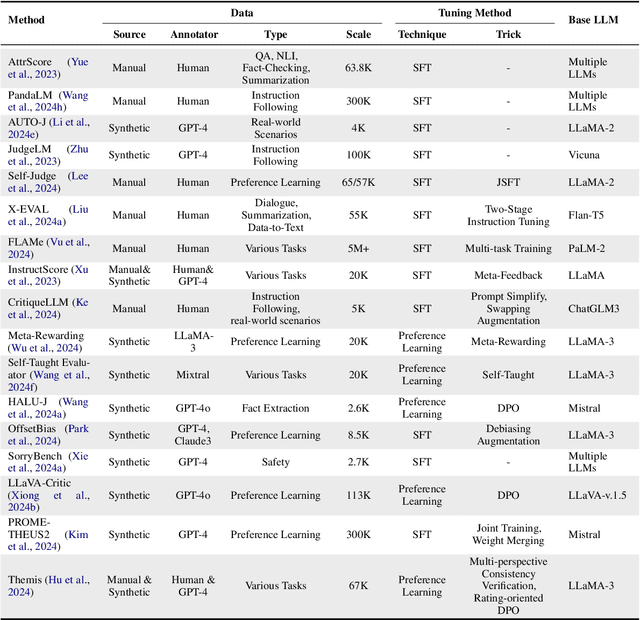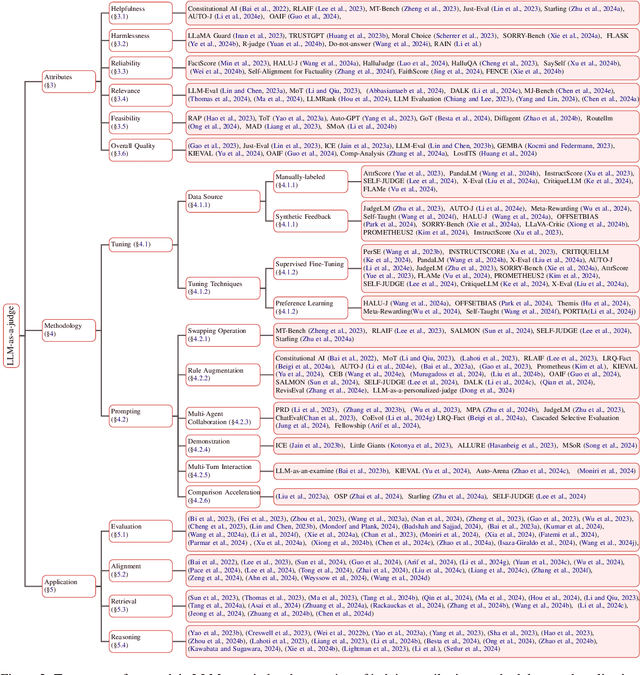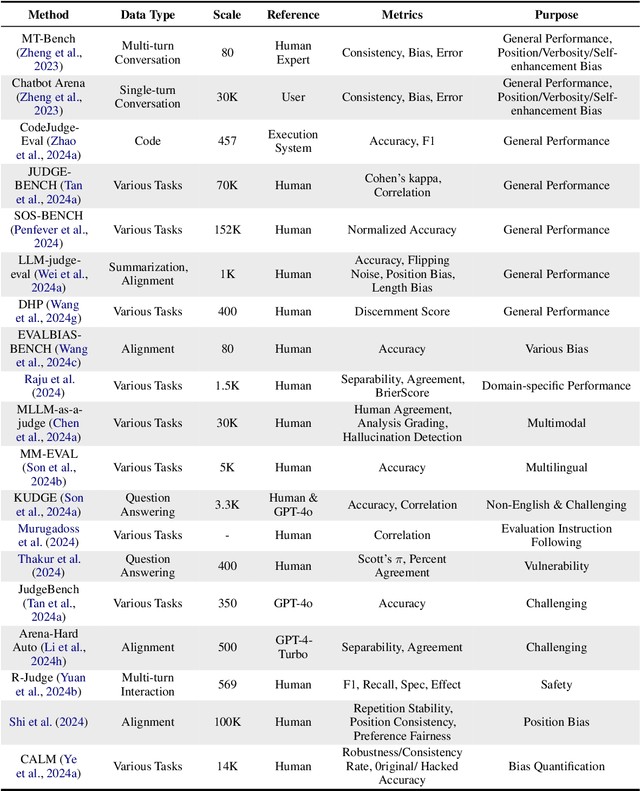Tianhao Wu
ClutterDexGrasp: A Sim-to-Real System for General Dexterous Grasping in Cluttered Scenes
Jun 17, 2025Abstract:Dexterous grasping in cluttered scenes presents significant challenges due to diverse object geometries, occlusions, and potential collisions. Existing methods primarily focus on single-object grasping or grasp-pose prediction without interaction, which are insufficient for complex, cluttered scenes. Recent vision-language-action models offer a potential solution but require extensive real-world demonstrations, making them costly and difficult to scale. To address these limitations, we revisit the sim-to-real transfer pipeline and develop key techniques that enable zero-shot deployment in reality while maintaining robust generalization. We propose ClutterDexGrasp, a two-stage teacher-student framework for closed-loop target-oriented dexterous grasping in cluttered scenes. The framework features a teacher policy trained in simulation using clutter density curriculum learning, incorporating both a novel geometry and spatially-embedded scene representation and a comprehensive safety curriculum, enabling general, dynamic, and safe grasping behaviors. Through imitation learning, we distill the teacher's knowledge into a student 3D diffusion policy (DP3) that operates on partial point cloud observations. To the best of our knowledge, this represents the first zero-shot sim-to-real closed-loop system for target-oriented dexterous grasping in cluttered scenes, demonstrating robust performance across diverse objects and layouts. More details and videos are available at https://clutterdexgrasp.github.io/.
Sample Complexity and Representation Ability of Test-time Scaling Paradigms
Jun 05, 2025Abstract:Test-time scaling paradigms have significantly advanced the capabilities of large language models (LLMs) on complex tasks. Despite their empirical success, theoretical understanding of the sample efficiency of various test-time strategies -- such as self-consistency, best-of-$n$, and self-correction -- remains limited. In this work, we first establish a separation result between two repeated sampling strategies: self-consistency requires $\Theta(1/\Delta^2)$ samples to produce the correct answer, while best-of-$n$ only needs $\Theta(1/\Delta)$, where $\Delta < 1$ denotes the probability gap between the correct and second most likely answers. Next, we present an expressiveness result for the self-correction approach with verifier feedback: it enables Transformers to simulate online learning over a pool of experts at test time. Therefore, a single Transformer architecture can provably solve multiple tasks without prior knowledge of the specific task associated with a user query, extending the representation theory of Transformers from single-task to multi-task settings. Finally, we empirically validate our theoretical results, demonstrating the practical effectiveness of self-correction methods.
Adaptive Visuo-Tactile Fusion with Predictive Force Attention for Dexterous Manipulation
May 20, 2025Abstract:Effectively utilizing multi-sensory data is important for robots to generalize across diverse tasks. However, the heterogeneous nature of these modalities makes fusion challenging. Existing methods propose strategies to obtain comprehensively fused features but often ignore the fact that each modality requires different levels of attention at different manipulation stages. To address this, we propose a force-guided attention fusion module that adaptively adjusts the weights of visual and tactile features without human labeling. We also introduce a self-supervised future force prediction auxiliary task to reinforce the tactile modality, improve data imbalance, and encourage proper adjustment. Our method achieves an average success rate of 93% across three fine-grained, contactrich tasks in real-world experiments. Further analysis shows that our policy appropriately adjusts attention to each modality at different manipulation stages. The videos can be viewed at https://adaptac-dex.github.io/.
Boosting Universal LLM Reward Design through the Heuristic Reward Observation Space Evolution
Apr 10, 2025Abstract:Large Language Models (LLMs) are emerging as promising tools for automated reinforcement learning (RL) reward design, owing to their robust capabilities in commonsense reasoning and code generation. By engaging in dialogues with RL agents, LLMs construct a Reward Observation Space (ROS) by selecting relevant environment states and defining their internal operations. However, existing frameworks have not effectively leveraged historical exploration data or manual task descriptions to iteratively evolve this space. In this paper, we propose a novel heuristic framework that enhances LLM-driven reward design by evolving the ROS through a table-based exploration caching mechanism and a text-code reconciliation strategy. Our framework introduces a state execution table, which tracks the historical usage and success rates of environment states, overcoming the Markovian constraint typically found in LLM dialogues and facilitating more effective exploration. Furthermore, we reconcile user-provided task descriptions with expert-defined success criteria using structured prompts, ensuring alignment in reward design objectives. Comprehensive evaluations on benchmark RL tasks demonstrate the effectiveness and stability of the proposed framework. Code and video demos are available at jingjjjjjie.github.io/LLM2Reward.
Amodal3R: Amodal 3D Reconstruction from Occluded 2D Images
Mar 17, 2025Abstract:Most image-based 3D object reconstructors assume that objects are fully visible, ignoring occlusions that commonly occur in real-world scenarios. In this paper, we introduce Amodal3R, a conditional 3D generative model designed to reconstruct 3D objects from partial observations. We start from a "foundation" 3D generative model and extend it to recover plausible 3D geometry and appearance from occluded objects. We introduce a mask-weighted multi-head cross-attention mechanism followed by an occlusion-aware attention layer that explicitly leverages occlusion priors to guide the reconstruction process. We demonstrate that, by training solely on synthetic data, Amodal3R learns to recover full 3D objects even in the presence of occlusions in real scenes. It substantially outperforms existing methods that independently perform 2D amodal completion followed by 3D reconstruction, thereby establishing a new benchmark for occlusion-aware 3D reconstruction.
R.I.P.: Better Models by Survival of the Fittest Prompts
Jan 30, 2025



Abstract:Training data quality is one of the most important drivers of final model quality. In this work, we introduce a method for evaluating data integrity based on the assumption that low-quality input prompts result in high variance and low quality responses. This is achieved by measuring the rejected response quality and the reward gap between the chosen and rejected preference pair. Our method, Rejecting Instruction Preferences (RIP) can be used to filter prompts from existing training sets, or to make high quality synthetic datasets, yielding large performance gains across various benchmarks compared to unfiltered data. Using Llama 3.1-8B-Instruct, RIP improves AlpacaEval2 LC Win Rate by 9.4%, Arena-Hard by 8.7%, and WildBench by 9.9%. Using Llama 3.3-70B-Instruct, RIP improves Arena-Hard from 67.5 to 82.9, which is from 18th place to 6th overall in the leaderboard.
Step-KTO: Optimizing Mathematical Reasoning through Stepwise Binary Feedback
Jan 18, 2025Abstract:Large language models (LLMs) have recently demonstrated remarkable success in mathematical reasoning. Despite progress in methods like chain-of-thought prompting and self-consistency sampling, these advances often focus on final correctness without ensuring that the underlying reasoning process is coherent and reliable. This paper introduces Step-KTO, a training framework that combines process-level and outcome-level binary feedback to guide LLMs toward more trustworthy reasoning trajectories. By providing binary evaluations for both the intermediate reasoning steps and the final answer, Step-KTO encourages the model to adhere to logical progressions rather than relying on superficial shortcuts. Our experiments on challenging mathematical benchmarks show that Step-KTO significantly improves both final answer accuracy and the quality of intermediate reasoning steps. For example, on the MATH-500 dataset, Step-KTO achieves a notable improvement in Pass@1 accuracy over strong baselines. These results highlight the promise of integrating stepwise process feedback into LLM training, paving the way toward more interpretable and dependable reasoning capabilities.
Computing Approximate Graph Edit Distance via Optimal Transport
Dec 25, 2024Abstract:Given a graph pair $(G^1, G^2)$, graph edit distance (GED) is defined as the minimum number of edit operations converting $G^1$ to $G^2$. GED is a fundamental operation widely used in many applications, but its exact computation is NP-hard, so the approximation of GED has gained a lot of attention. Data-driven learning-based methods have been found to provide superior results compared to classical approximate algorithms, but they directly fit the coupling relationship between a pair of vertices from their vertex features. We argue that while pairwise vertex features can capture the coupling cost (discrepancy) of a pair of vertices, the vertex coupling matrix should be derived from the vertex-pair cost matrix through a more well-established method that is aware of the global context of the graph pair, such as optimal transport. In this paper, we propose an ensemble approach that integrates a supervised learning-based method and an unsupervised method, both based on optimal transport. Our learning method, GEDIOT, is based on inverse optimal transport that leverages a learnable Sinkhorn algorithm to generate the coupling matrix. Our unsupervised method, GEDGW, models GED computation as a linear combination of optimal transport and its variant, Gromov-Wasserstein discrepancy, for node and edge operations, respectively, which can be solved efficiently without needing the ground truth. Our ensemble method, GEDHOT, combines GEDIOT and GEDGW to further boost the performance. Extensive experiments demonstrate that our methods significantly outperform the existing methods in terms of the performance of GED computation, edit path generation, and model generalizability.
From Generation to Judgment: Opportunities and Challenges of LLM-as-a-judge
Nov 25, 2024



Abstract:Assessment and evaluation have long been critical challenges in artificial intelligence (AI) and natural language processing (NLP). However, traditional methods, whether matching-based or embedding-based, often fall short of judging subtle attributes and delivering satisfactory results. Recent advancements in Large Language Models (LLMs) inspire the "LLM-as-a-judge" paradigm, where LLMs are leveraged to perform scoring, ranking, or selection across various tasks and applications. This paper provides a comprehensive survey of LLM-based judgment and assessment, offering an in-depth overview to advance this emerging field. We begin by giving detailed definitions from both input and output perspectives. Then we introduce a comprehensive taxonomy to explore LLM-as-a-judge from three dimensions: what to judge, how to judge and where to judge. Finally, we compile benchmarks for evaluating LLM-as-a-judge and highlight key challenges and promising directions, aiming to provide valuable insights and inspire future research in this promising research area. Paper list and more resources about LLM-as-a-judge can be found at \url{https://github.com/llm-as-a-judge/Awesome-LLM-as-a-judge} and \url{https://llm-as-a-judge.github.io}.
DySpec: Faster Speculative Decoding with Dynamic Token Tree Structure
Oct 15, 2024Abstract:While speculative decoding has recently appeared as a promising direction for accelerating the inference of large language models (LLMs), the speedup and scalability are strongly bounded by the token acceptance rate. Prevalent methods usually organize predicted tokens as independent chains or fixed token trees, which fails to generalize to diverse query distributions. In this paper, we propose DySpec, a faster speculative decoding algorithm with a novel dynamic token tree structure. We begin by bridging the draft distribution and acceptance rate from intuitive and empirical clues, and successfully show that the two variables are strongly correlated. Based on this, we employ a greedy strategy to dynamically expand the token tree at run time. Theoretically, we show that our method can achieve optimal results under mild assumptions. Empirically, DySpec yields a higher acceptance rate and speedup than fixed trees. DySpec can drastically improve the throughput and reduce the latency of token generation across various data distribution and model sizes, which significantly outperforms strong competitors, including Specinfer and Sequoia. Under low temperature setting, DySpec can improve the throughput up to 9.1$\times$ and reduce the latency up to 9.4$\times$ on Llama2-70B. Under high temperature setting, DySpec can also improve the throughput up to 6.21$\times$, despite the increasing difficulty of speculating more than one token per step for draft model.
 Add to Chrome
Add to Chrome Add to Firefox
Add to Firefox Add to Edge
Add to Edge